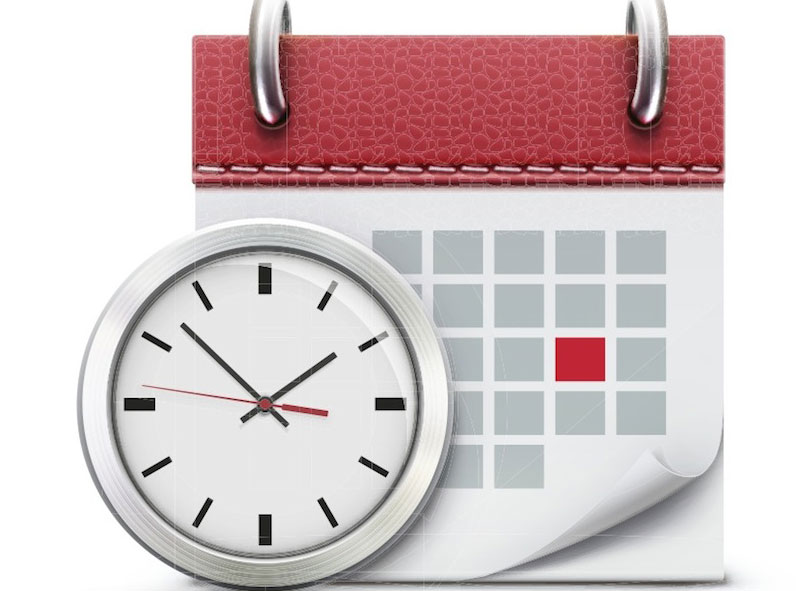Trying to Get Pregnant (or Not)? The 'App for That' Has Limitations

The deluge of apps now available that track women's periods and offer estimates about which days they may be most likely — or least likely — to conceive can be useful aids, but it's important that women are aware of the apps' limitations, experts say.
For example, although the apps are sometimes marketed as a way to prevent pregnancy, period tracking is not a very reliable method of contraception.
"In terms of people who are trying to get pregnant, it can be useful," saidDr. Jennifer Wu, an OB-GYN at Lenox Hill Hospital in New York. But "I certainly wouldn’t use them as birth control." [5 Myths About Fertility Treatments]
How they work
Apps such as My Cycles Period and Ovulation Tracker, Mobile Mom and iPeriod are just some of the many apps available to track menstrual cycles.
The user inputs the date her last period started, and how long her cycle is. Using this information, the apps estimate the day of ovulation. For a woman with a cycle of 28 days, ovulation would be on day 14, said Dr. Wendy Vitek, a fertility expert at the University of Rochester Medical Center.
However, the length of a woman's cycle can vary slightly from month to month, Vitek said. "They're assuming that what happens in the last cycle is going to be representative of the next cycle," she told LiveScience. The apps usually add a few days around a woman's peak fertility date, and determine a "fertility window," Vitek said.
Get the world’s most fascinating discoveries delivered straight to your inbox.
After collecting data from several cycles, some apps will use the average length of these cycles to determine the date of ovulation, Vitek said.
"For women with regular cycles, it's pretty accurate," Vitek said.
However, for women with irregular cycles, and those with cycles less than 21 days or more than 35 days long, the apps would not be very helpful, she said.
Often, an irregular cycle a sign that a woman is not ovulating, but is having irregular bleeding. So although an app can't accurately determine a fertility window for women with irregular cycles, it may make them aware their cycles are irregular, Vitek said. If irregular cycles continue for some time, women should see their doctor, she said.
Over-the-counter ovulation predictor kits are more accurate in determining the date of ovulation for women with irregular cycles, Wu said. These kits measure an increase in luteinizing hormone (LH) in the urine, Wu said. A rise in LH is the signal for the ovary to release an egg.
Women can also measure changes in cervical mucus to determine when they are is ovulating, Vitek said. And because sperm stay in a woman's body for several days, having sex every two to three days is another way to increase the chances of conceiving, she said.
Prevent pregnancy?
While some apps have disclaimers that say the apps cannot be used to avoid pregnancy, not all do. In fact, the popular app Monthly Cycles not only lacks a disclaimer, but also states in its description that the app "considers your menstrual cycle's possible fluctuations to help you avoid unwanted pregnancy."
Another app, Safe Sex Calculator, also claims to determine when a woman has a high or low chance of pregnancy, but includes the disclaimer: "This app is not meant to replace medical advice (and contraceptive measures)."
Using period tracking to find the most or least fertile days so users can plan their sex activity around those days is known as the rhythm method, or calendar method, of birth control, and is about 65 percent effective at preventing pregnancy, Wu said.
The method can fail because of variation in women's cycle length, and because sperm stay in the reproductive track for several days, Vitek said.
"If you're trying to prevent pregnancy, I think there are much better contraception methods available," Vitek said.
Follow Rachael Rettner @RachaelRettner. Follow LiveScience @livescience, Facebook & Google+. Original article on LiveScience.

Rachael is a Live Science contributor, and was a former channel editor and senior writer for Live Science between 2010 and 2022. She has a master's degree in journalism from New York University's Science, Health and Environmental Reporting Program. She also holds a B.S. in molecular biology and an M.S. in biology from the University of California, San Diego. Her work has appeared in Scienceline, The Washington Post and Scientific American.


